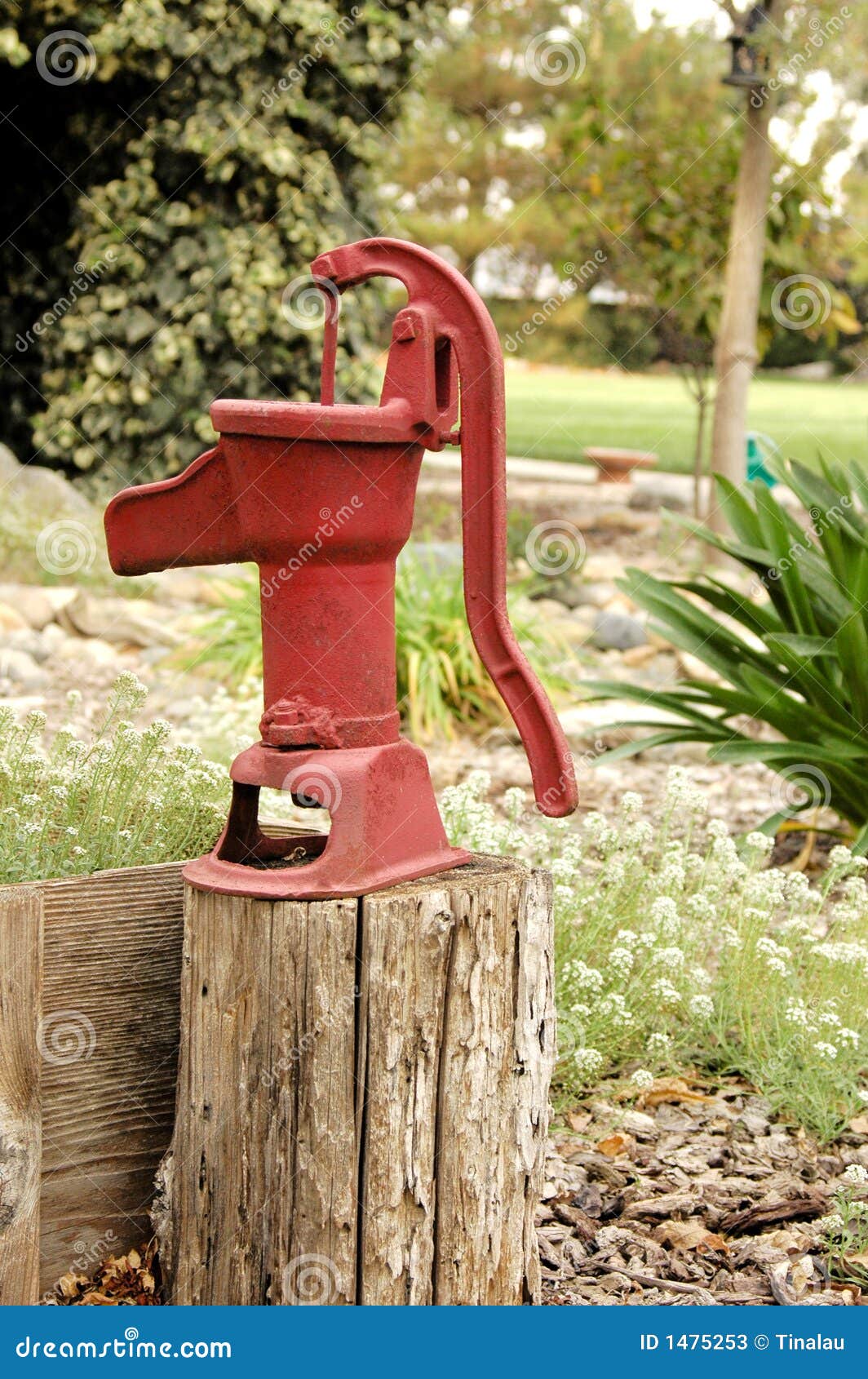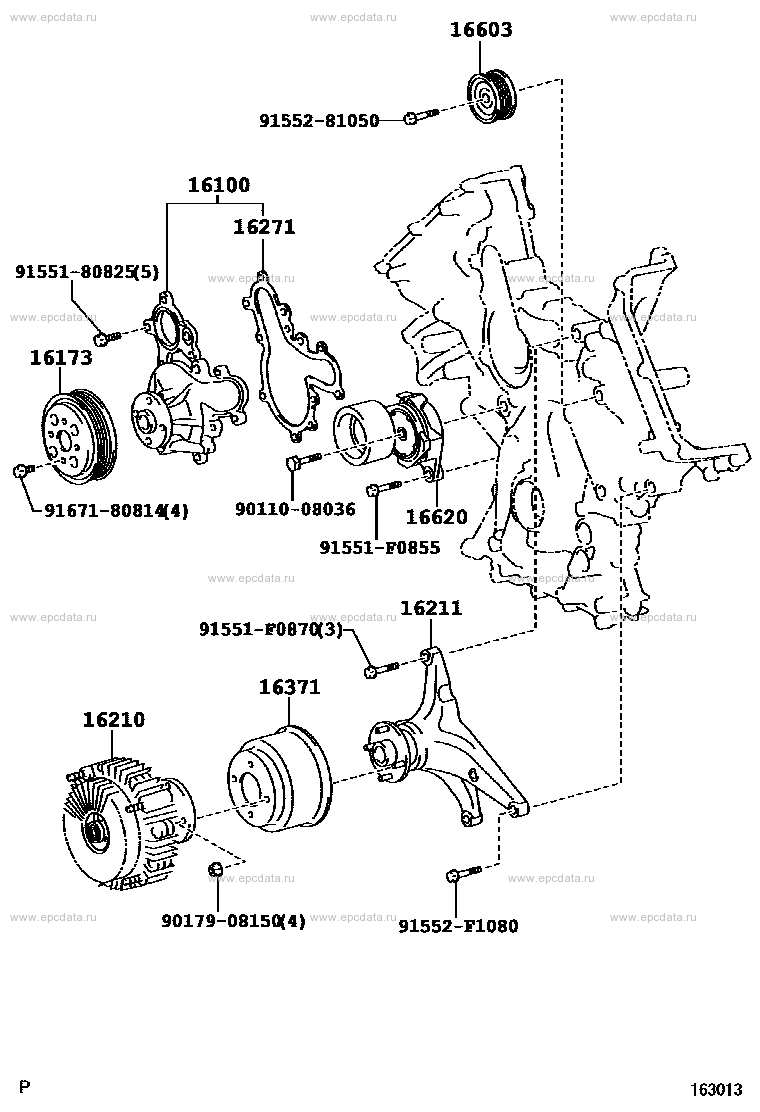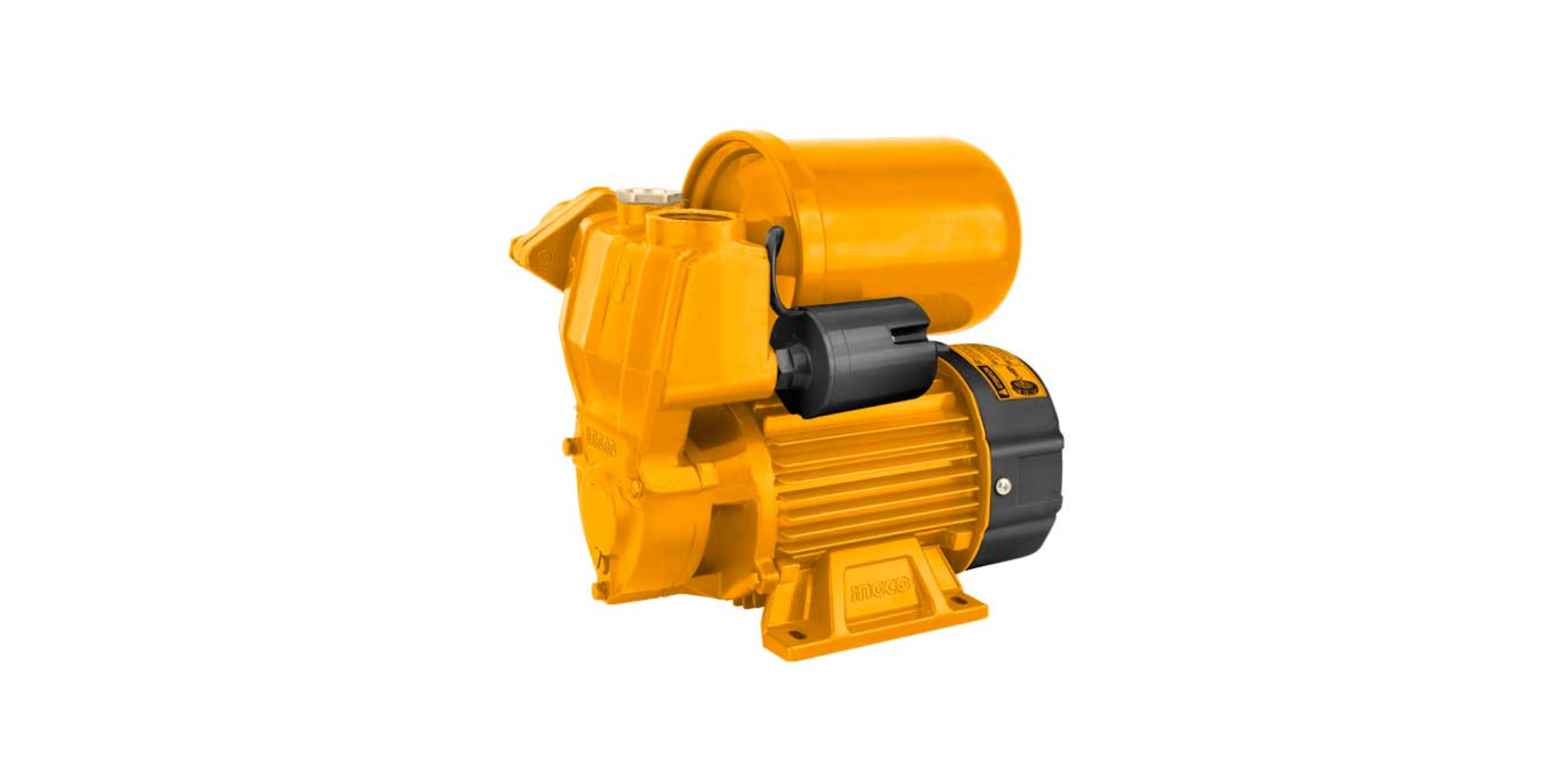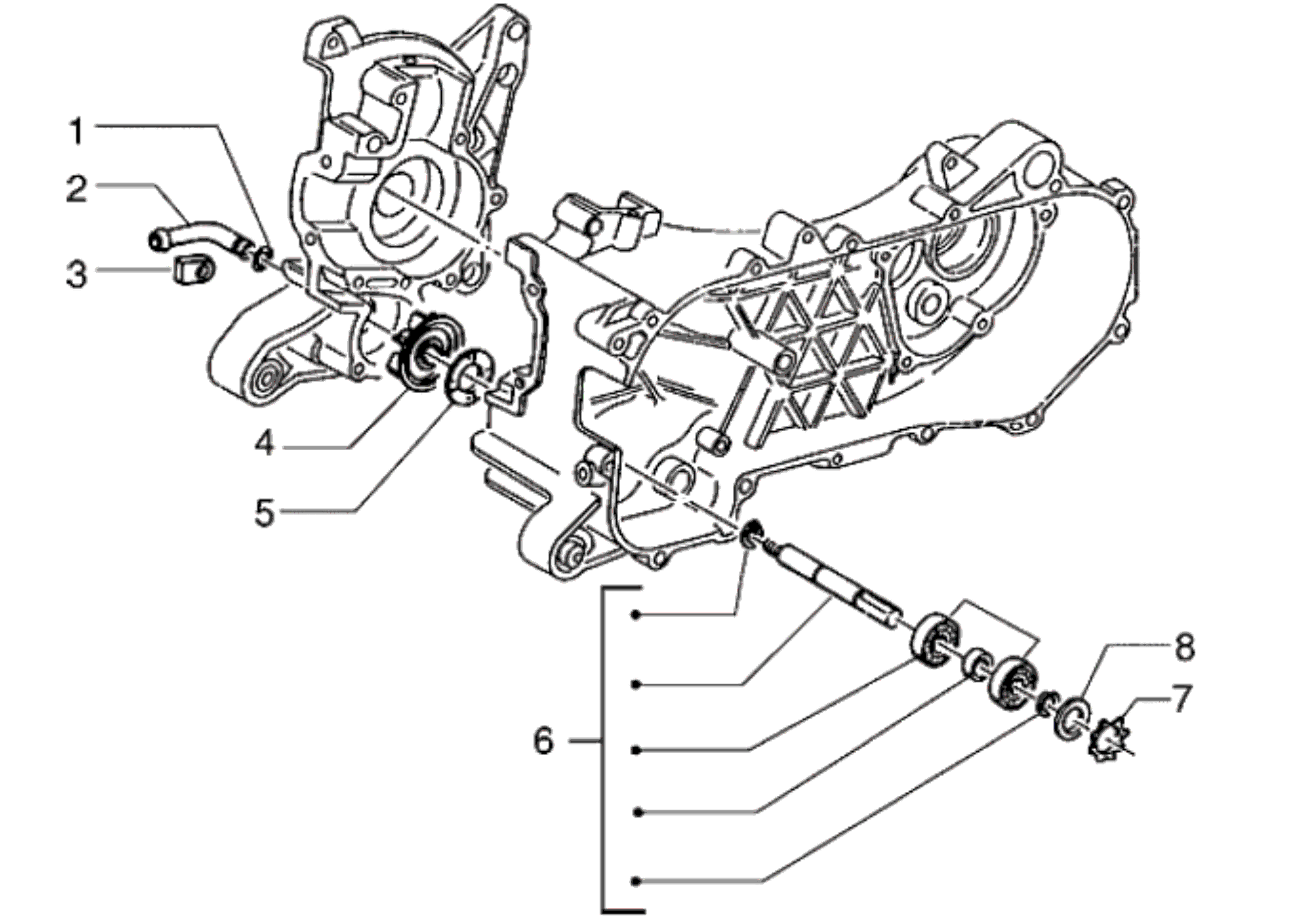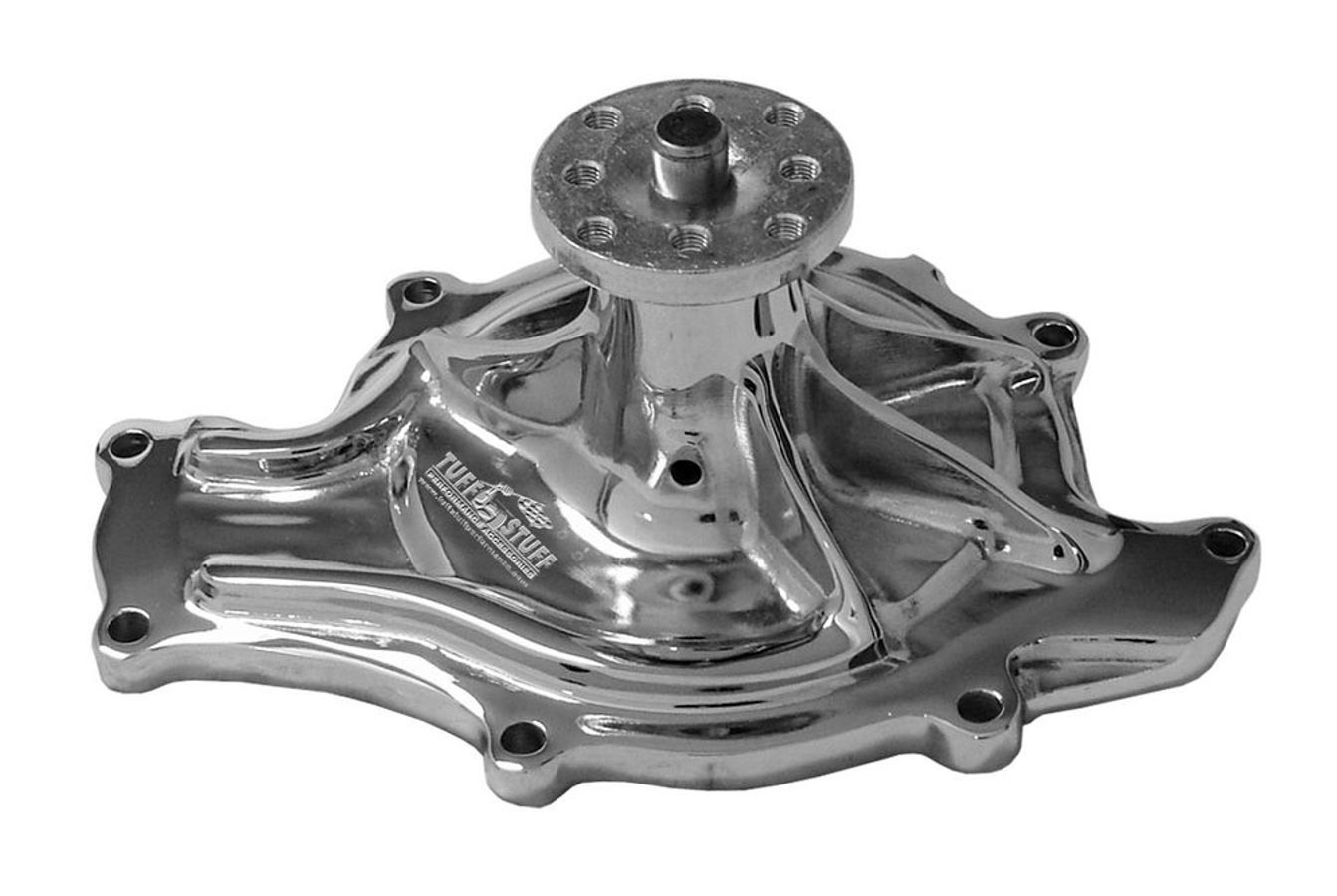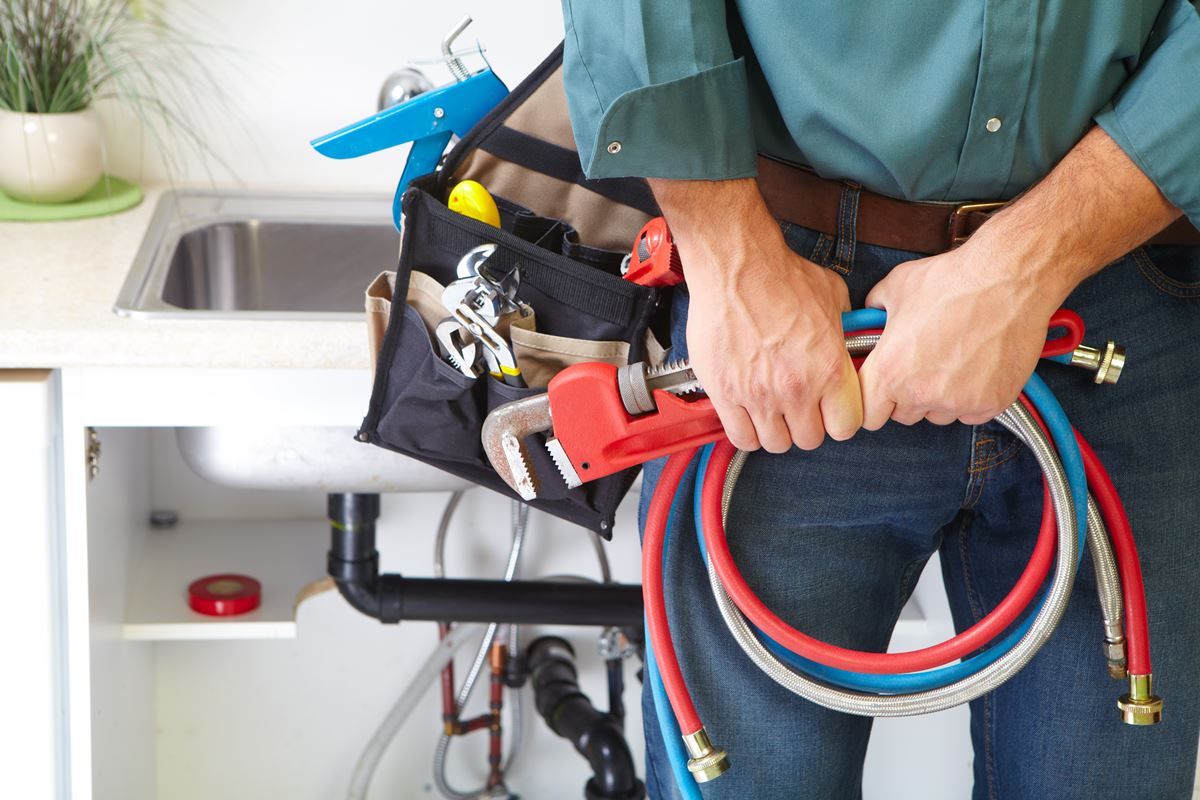One of the first things to check when your kitchen sink water is low is the water supply valve. This valve controls the water flow into your sink and may have accidentally been turned off or partially closed. Make sure the valve is fully open and try running the water again to see if the pressure has improved.1. Check the water supply valve
The aerator is a small mesh screen located at the end of your faucet. Over time, it can become clogged with debris and sediment, causing low water pressure. To clean it, unscrew the aerator from the end of the faucet and rinse it with water. If it is still clogged, you can soak it in a mixture of vinegar and water to remove any buildup.2. Clean the aerator
Clogs in the pipes can also cause low water pressure in your kitchen sink. These clogs can be caused by a buildup of food particles, grease, or other debris. To check for clogs, use a plunger or a drain snake to clear any blockages in the pipes. If the clog is deeper in the pipes, you may need to call a professional plumber for assistance.3. Check for clogs in the pipes
Some homes have a water pressure regulator installed to control the water pressure throughout the house. If this regulator is not functioning properly, it can cause low water pressure in your kitchen sink. Check the regulator and make sure it is set to the correct pressure for your home. If it is not, you may need to adjust it or replace it altogether.4. Inspect the water pressure regulator
Leaks in the pipes can also lead to low water pressure in your kitchen sink. These leaks can be caused by a variety of factors, such as age, corrosion, or damage. If you notice any leaks, they should be repaired immediately to prevent further damage and improve water pressure.5. Check for leaks in the pipes
The faucet cartridge is an essential component of your kitchen sink faucet and can become worn or damaged over time. If this happens, it can cause low water pressure. To replace the cartridge, turn off the water supply and remove the faucet handle. Then, remove the cartridge and replace it with a new one. This should improve water pressure in your sink.6. Replace the faucet cartridge
If you have a tankless water heater, it may need to be flushed periodically to remove any buildup that can affect water pressure. Additionally, if you have a traditional water heater, the sediment buildup at the bottom of the tank can also cause low water pressure. In both cases, flushing the water heater can help improve water pressure in your kitchen sink.7. Check the water heater
Over time, the sink drain can become clogged with food particles, grease, and other debris. This can restrict water flow and lead to low water pressure. To clean the drain, remove the drain cover and use a drain cleaner or a mixture of baking soda and vinegar to clear any buildup. Then, rinse the drain with hot water to improve water flow.8. Clean the sink drain
If your home has a well, the water pump may be the cause of low water pressure in your kitchen sink. Make sure the pump is functioning correctly and there are no issues with the pressure tank. If you notice any problems, contact a professional well pump technician for assistance.9. Check the water pump
If you have tried all of the above solutions and are still experiencing low water pressure in your kitchen sink, it may be time to call a professional plumber for assistance. They can help identify the root cause of the issue and make any necessary repairs or replacements to improve water pressure in your sink. In conclusion, low water pressure in your kitchen sink can be caused by a variety of factors, from simple issues like a closed water valve to more complex problems like clogs or leaks. By following these ten steps, you can troubleshoot and resolve low water pressure in your kitchen sink, ensuring a steady and strong flow of water for all your kitchen needs.10. Call a plumber for professional assistance
A Functional and Stylish Kitchen Sink: An Essential Element in House Design

Why Water is Low in Your Kitchen Sink
 When it comes to designing a house, the kitchen sink is often the last thing that comes to mind. Many homeowners tend to focus on the aesthetics and functionality of the kitchen cabinets, countertops, and appliances, forgetting that the sink is an essential element in the overall design. However, when faced with the issue of low water pressure in the kitchen sink, it becomes clear that the sink plays a crucial role in the daily functioning of a household. So, why is the water low in your kitchen sink?
One of the main reasons for low water pressure in the kitchen sink is a clogged faucet aerator.
The aerator is a small mesh screen at the end of the faucet that helps regulate the flow of water and prevent splashing. Over time, sediment and mineral deposits can build up in the aerator, causing blockage and restricting the flow of water. This can lead to frustration and inconvenience while doing dishes or filling a pot with water.
When it comes to designing a house, the kitchen sink is often the last thing that comes to mind. Many homeowners tend to focus on the aesthetics and functionality of the kitchen cabinets, countertops, and appliances, forgetting that the sink is an essential element in the overall design. However, when faced with the issue of low water pressure in the kitchen sink, it becomes clear that the sink plays a crucial role in the daily functioning of a household. So, why is the water low in your kitchen sink?
One of the main reasons for low water pressure in the kitchen sink is a clogged faucet aerator.
The aerator is a small mesh screen at the end of the faucet that helps regulate the flow of water and prevent splashing. Over time, sediment and mineral deposits can build up in the aerator, causing blockage and restricting the flow of water. This can lead to frustration and inconvenience while doing dishes or filling a pot with water.
The Importance of Proper Sink Maintenance
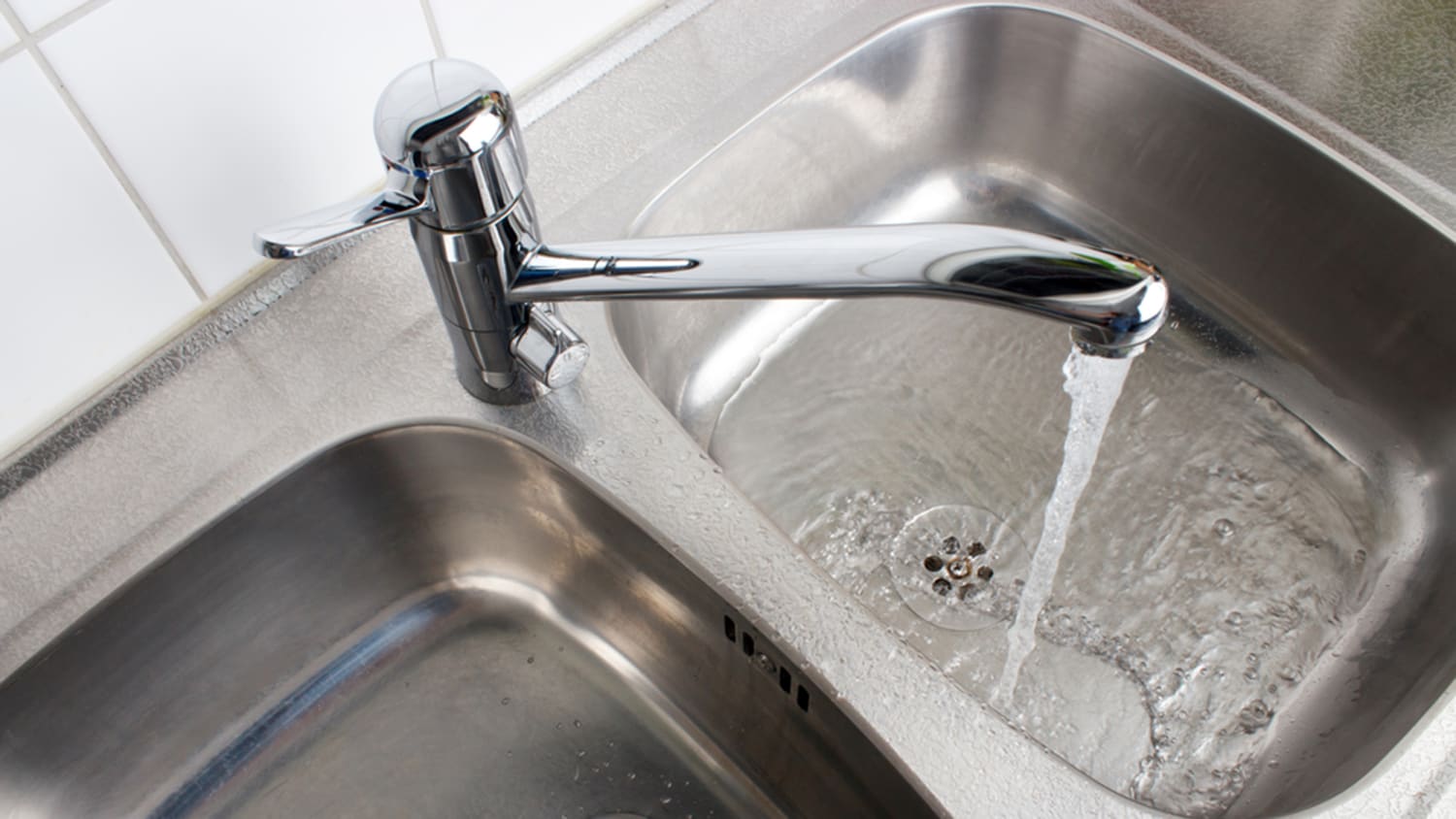 Regular maintenance of your kitchen sink is crucial in ensuring optimum water pressure and functionality.
This includes cleaning the faucet aerator every few months to remove any buildup and replacing it if necessary. It is also essential to check for any leaks or cracks in the pipes and fix them promptly to avoid further damage.
Moreover,
choosing the right kitchen sink can make a significant difference in water pressure and overall design.
Dual-basin sinks are a popular choice, as they provide separate spaces for washing and rinsing, but they can also affect water flow. Opting for a single-basin sink or a larger basin can increase water pressure and make tasks like filling large pots easier.
Regular maintenance of your kitchen sink is crucial in ensuring optimum water pressure and functionality.
This includes cleaning the faucet aerator every few months to remove any buildup and replacing it if necessary. It is also essential to check for any leaks or cracks in the pipes and fix them promptly to avoid further damage.
Moreover,
choosing the right kitchen sink can make a significant difference in water pressure and overall design.
Dual-basin sinks are a popular choice, as they provide separate spaces for washing and rinsing, but they can also affect water flow. Opting for a single-basin sink or a larger basin can increase water pressure and make tasks like filling large pots easier.
Final Thoughts
 In conclusion, the kitchen sink may seem like a small and insignificant aspect of house design, but it is a crucial element that needs proper attention and maintenance. Low water pressure in the kitchen sink can be a nuisance, but with regular maintenance and the right sink choice, it can be easily resolved. So, next time you encounter low water pressure in your kitchen sink, remember to check the faucet aerator and consider upgrading to a more functional and stylish sink.
In conclusion, the kitchen sink may seem like a small and insignificant aspect of house design, but it is a crucial element that needs proper attention and maintenance. Low water pressure in the kitchen sink can be a nuisance, but with regular maintenance and the right sink choice, it can be easily resolved. So, next time you encounter low water pressure in your kitchen sink, remember to check the faucet aerator and consider upgrading to a more functional and stylish sink.

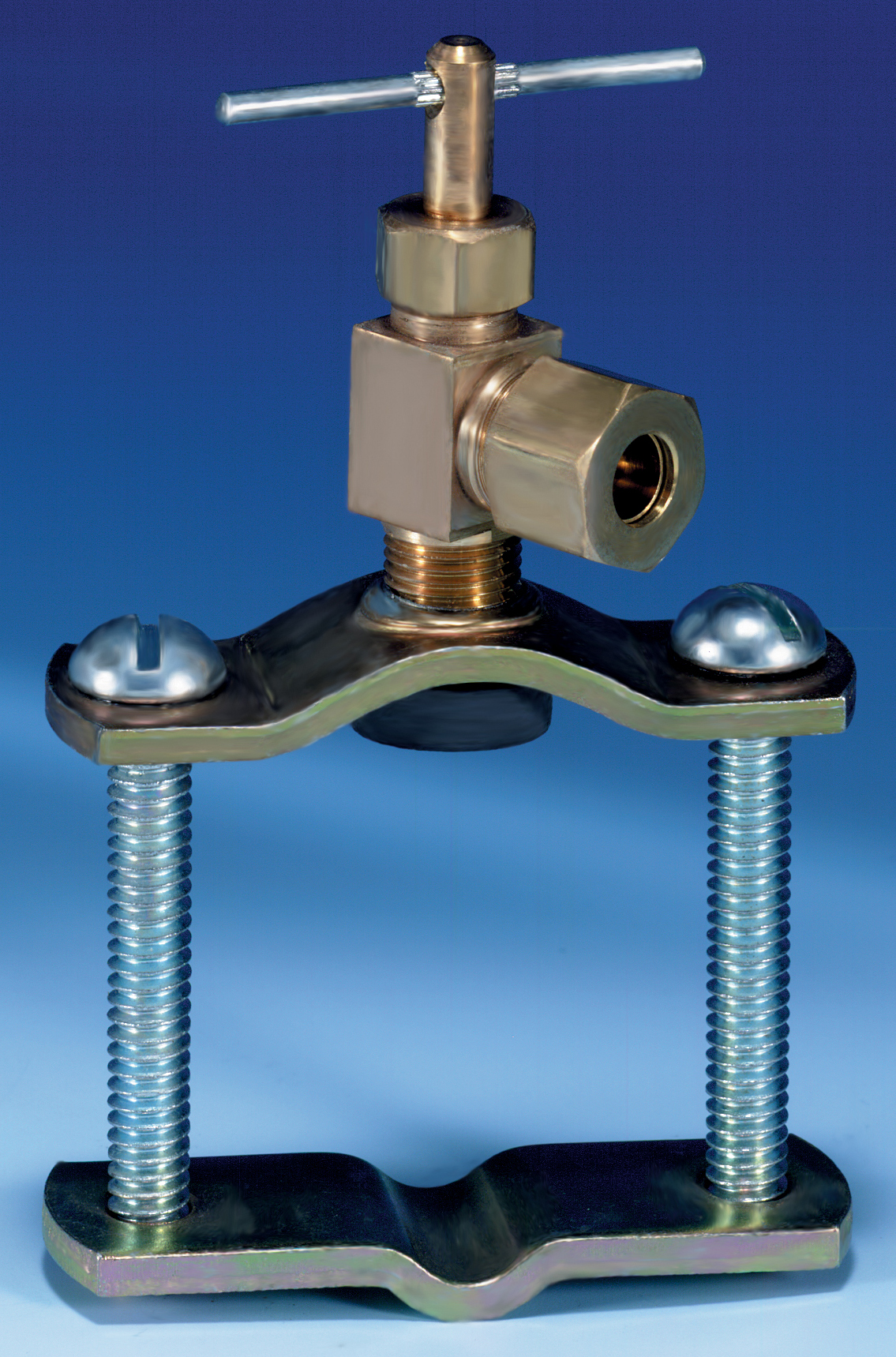



:max_bytes(150000):strip_icc()/GettyImages-1057621140-78ab2e946841421d9a7efeebe02935d2.jpg)
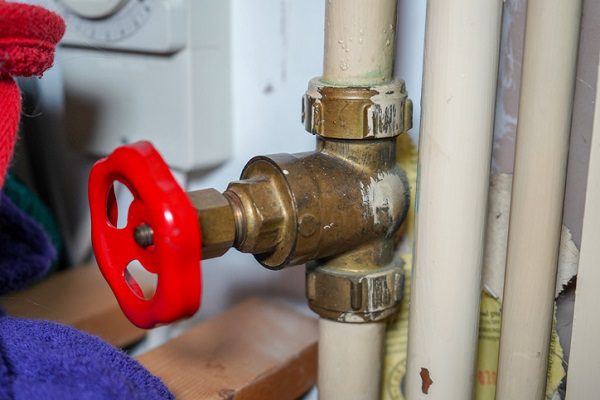







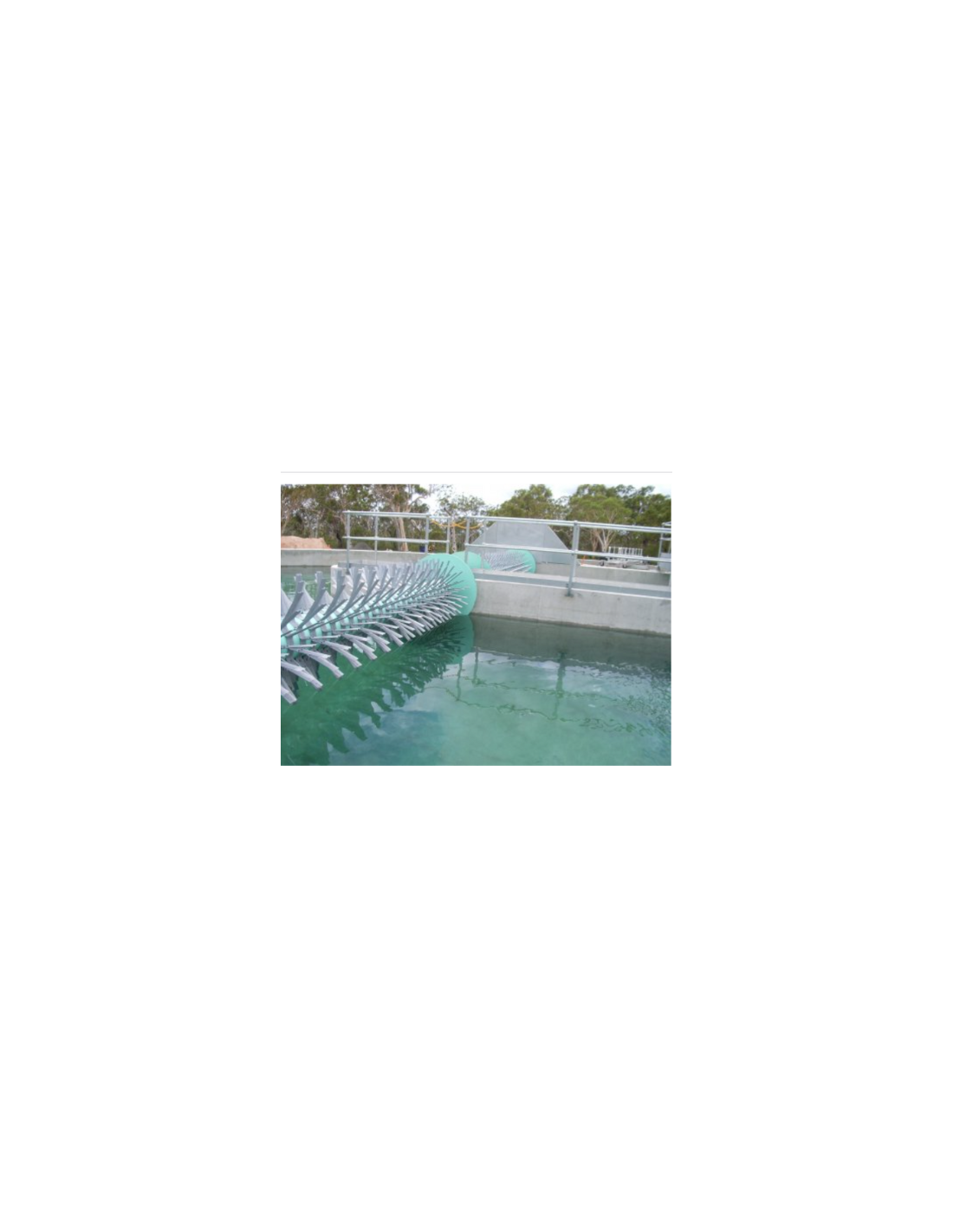



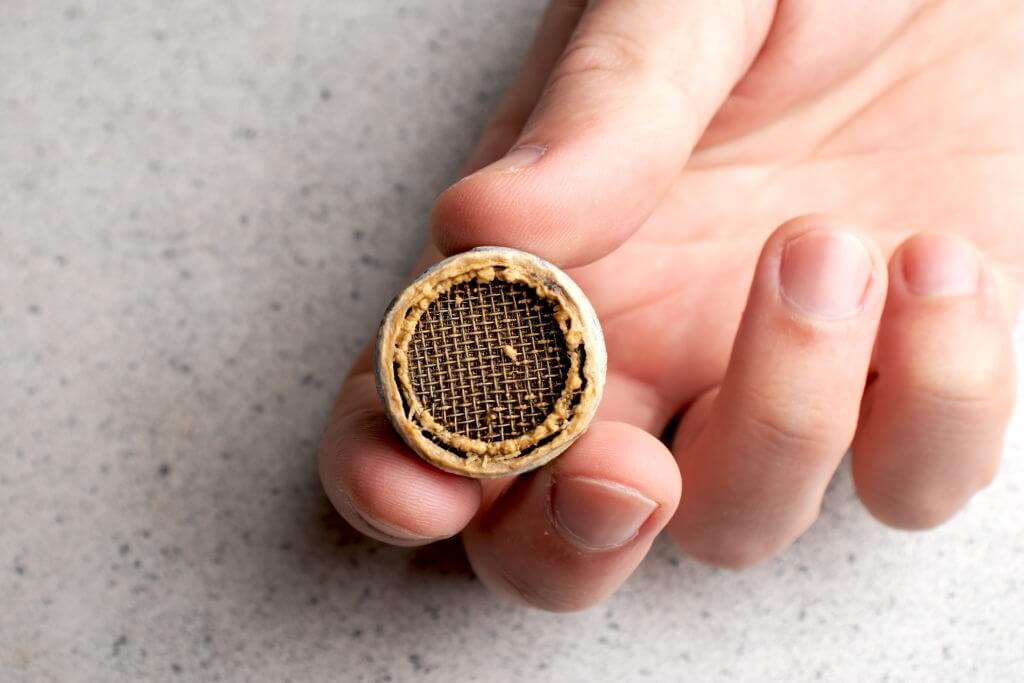

:max_bytes(150000):strip_icc()/clearing-a-blocked-faucet-aerator-2718807-07-b5a90554991f4bb69efb45a472df7f23.jpg)
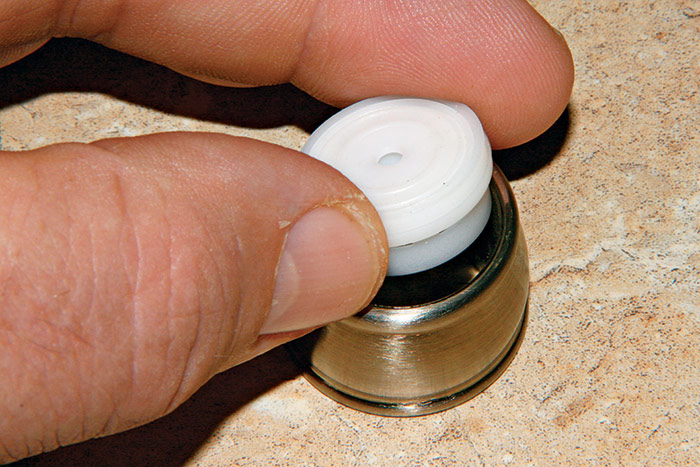
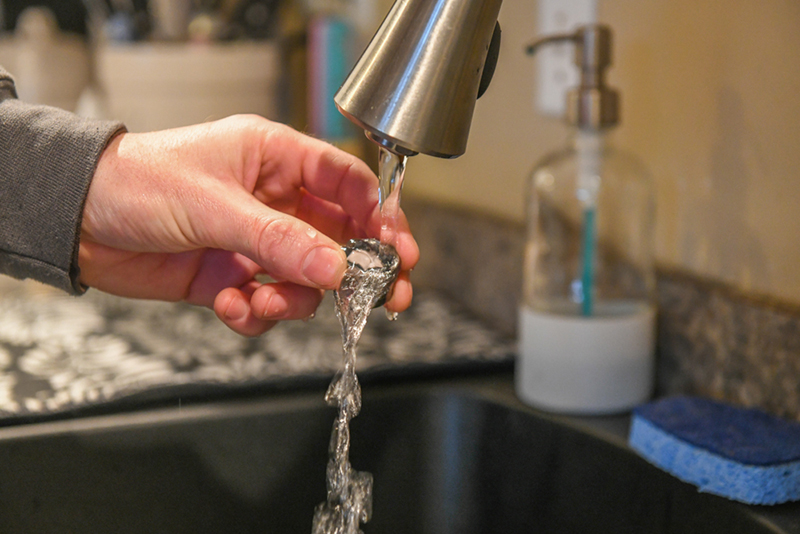
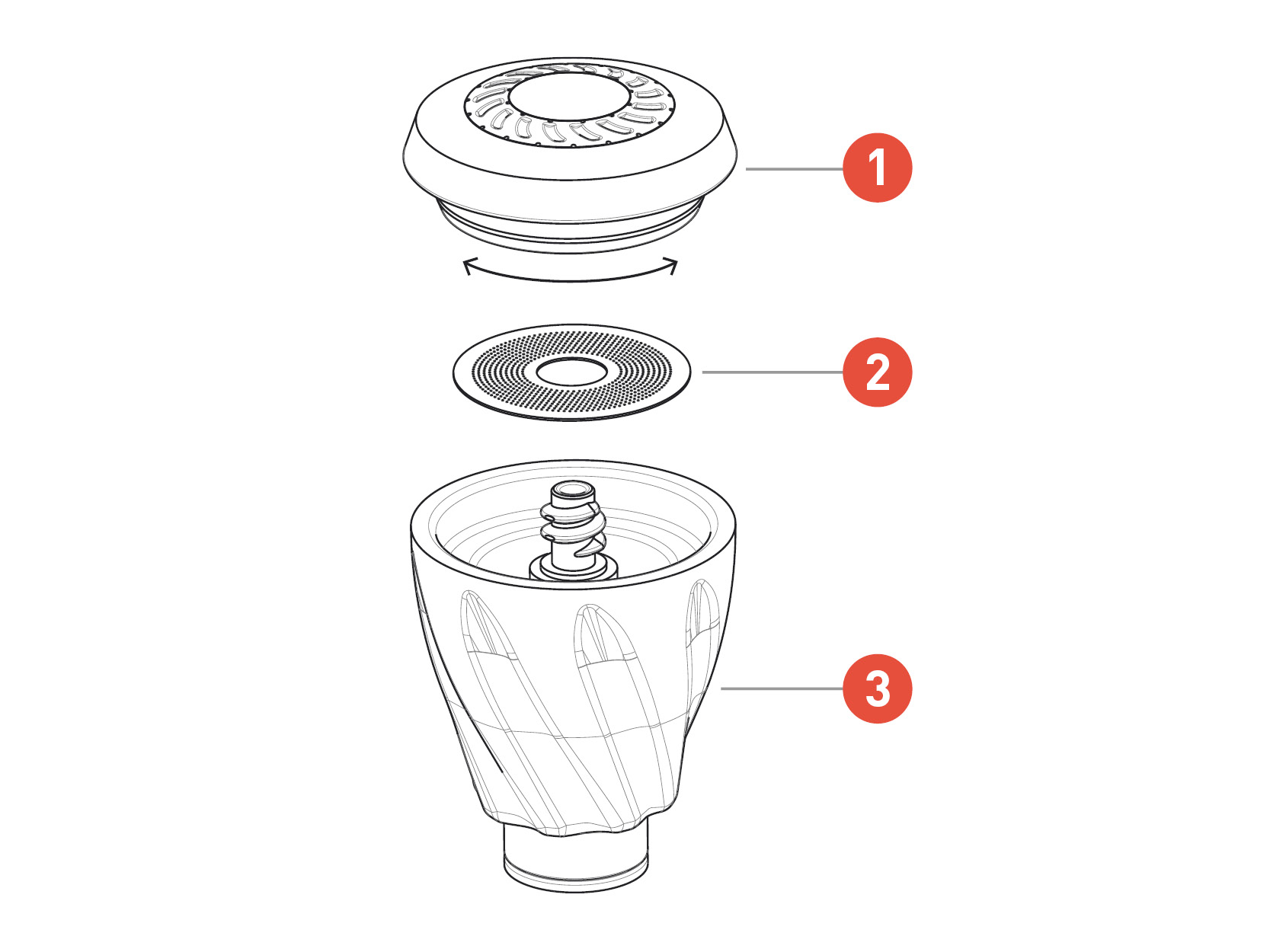
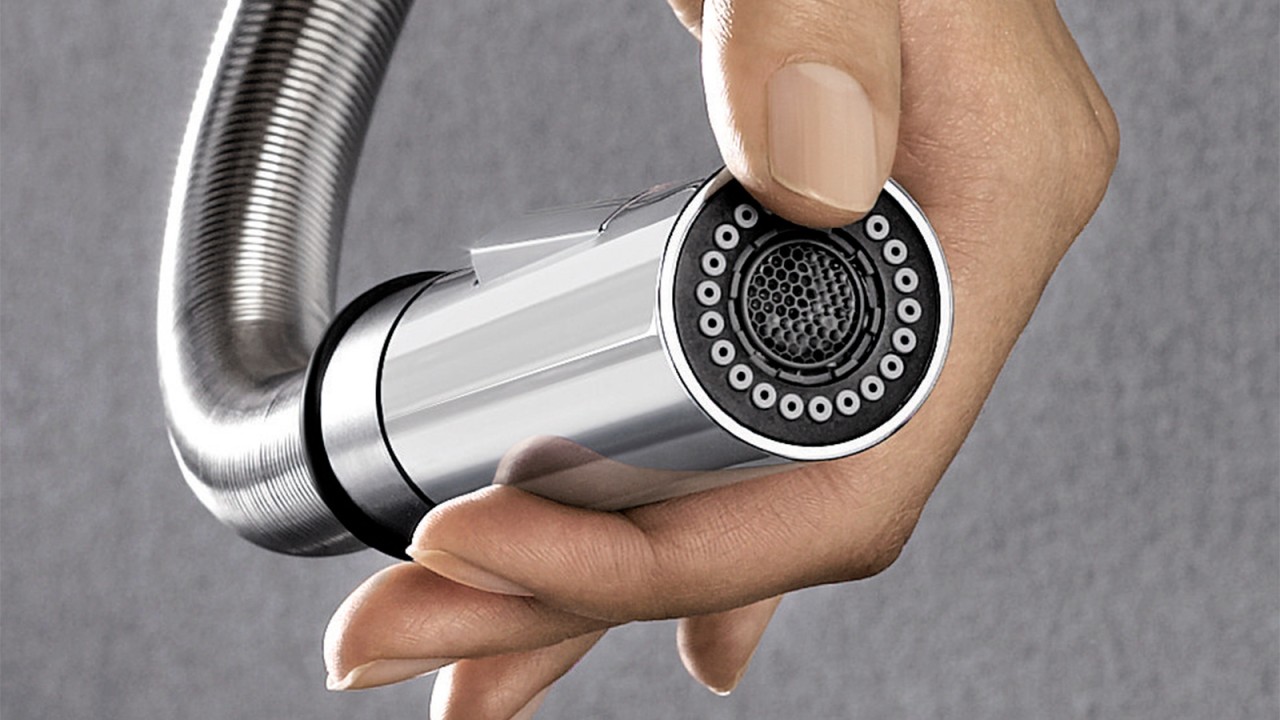








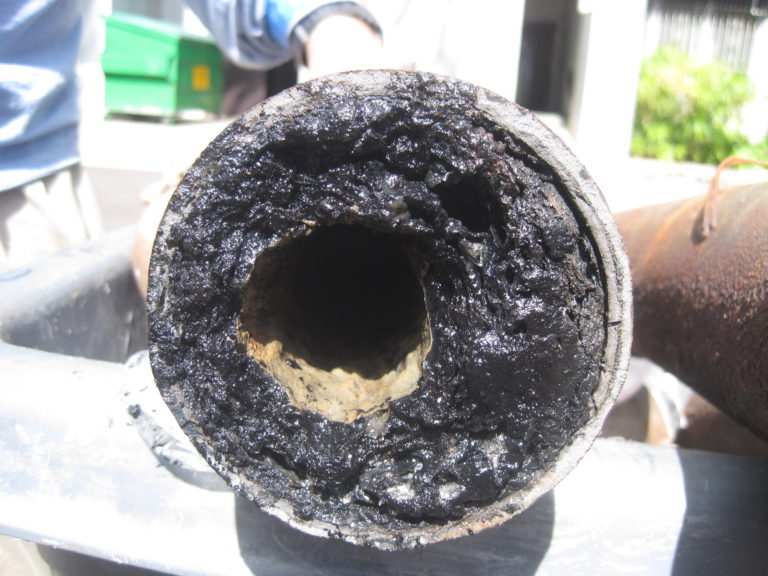


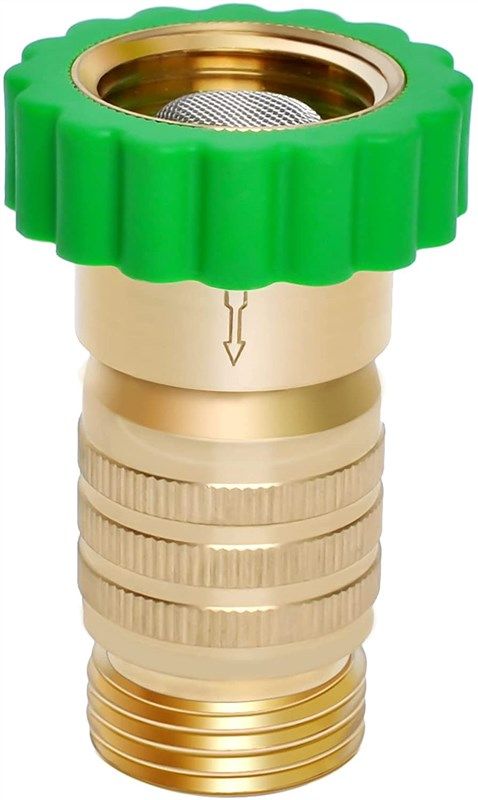


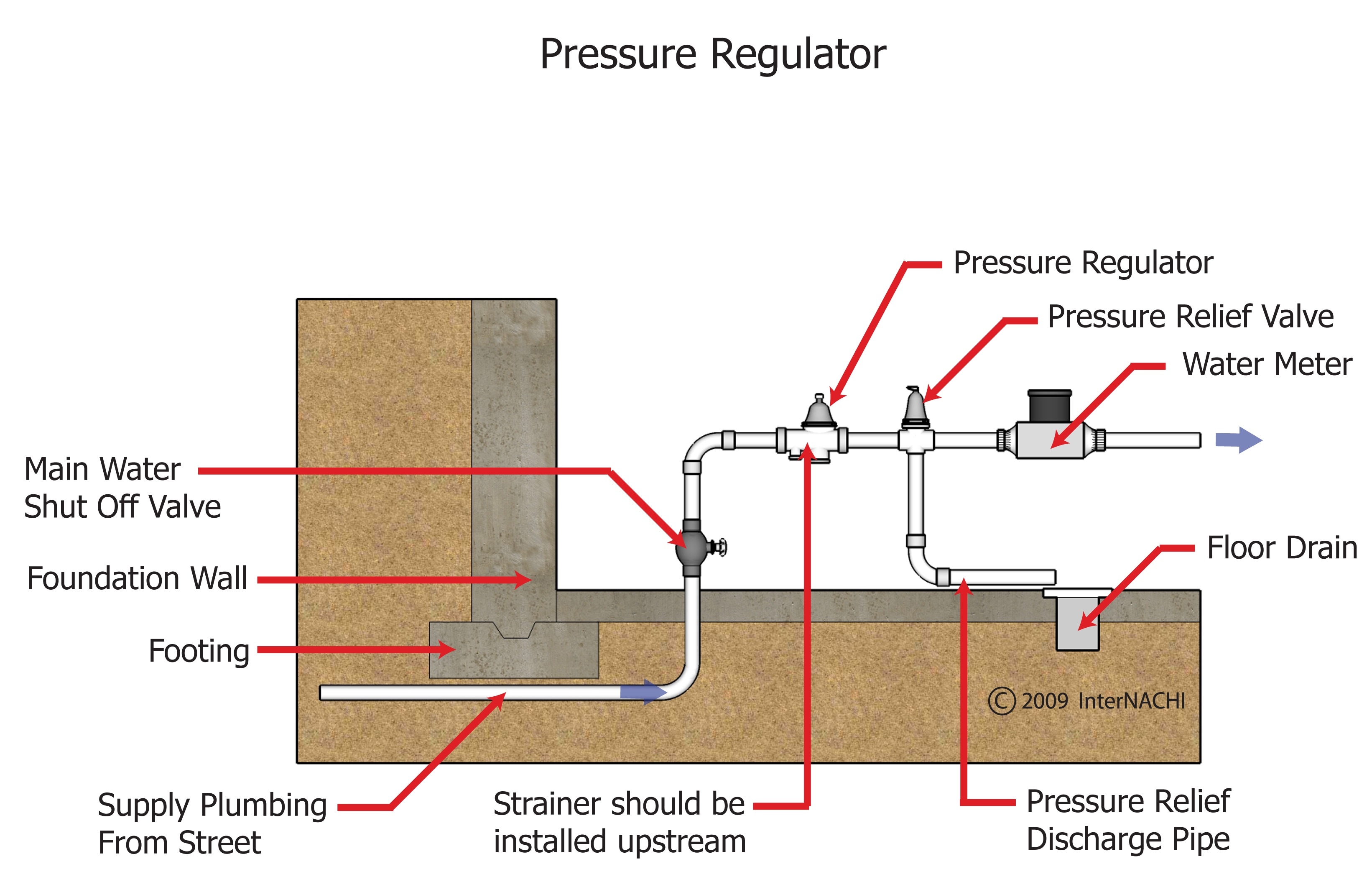
:max_bytes(150000):strip_icc()/Water-pressure-regulator-2718696_color-8cb88034226e4c43aae61588c648e23f.jpg)



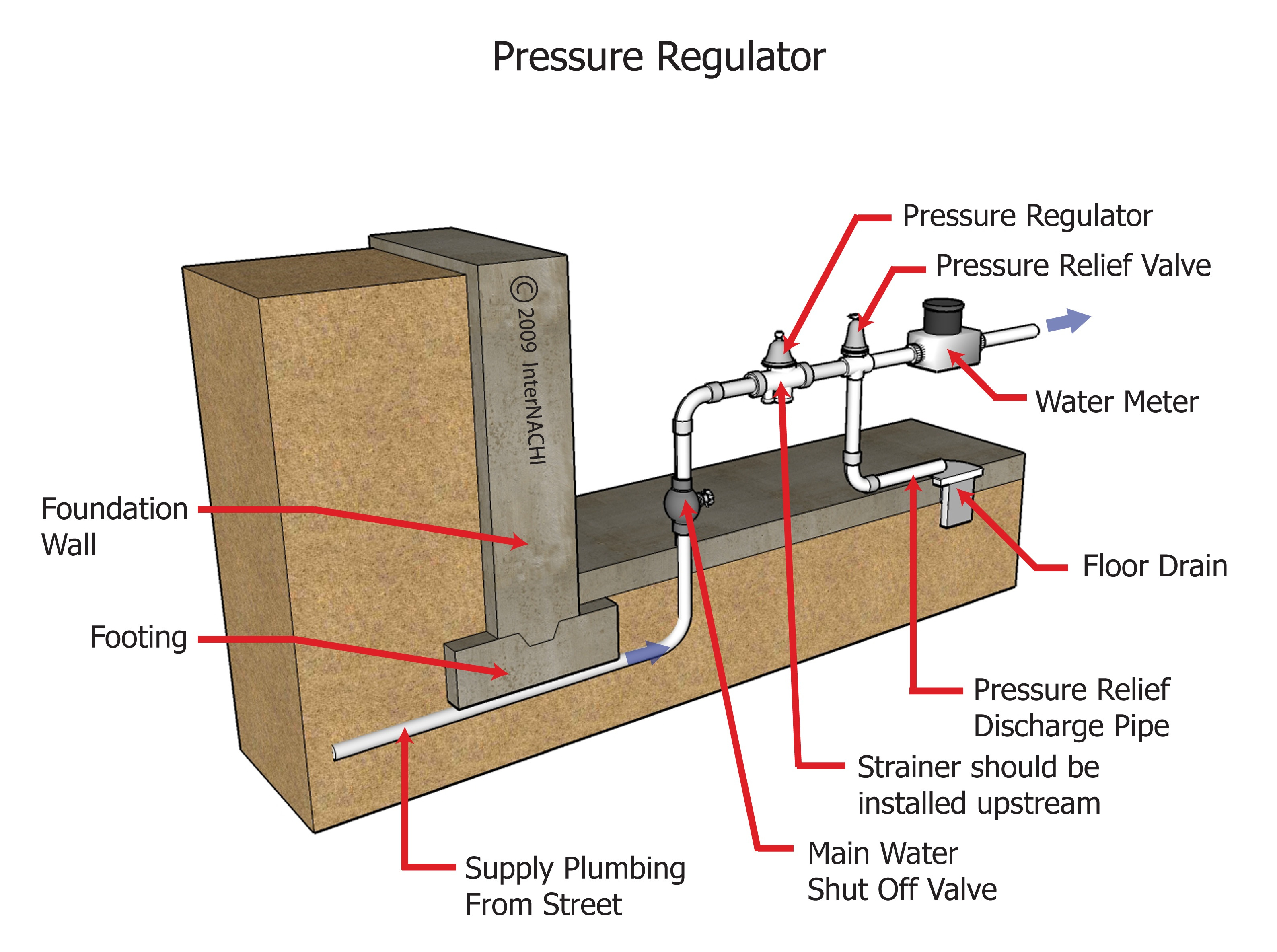
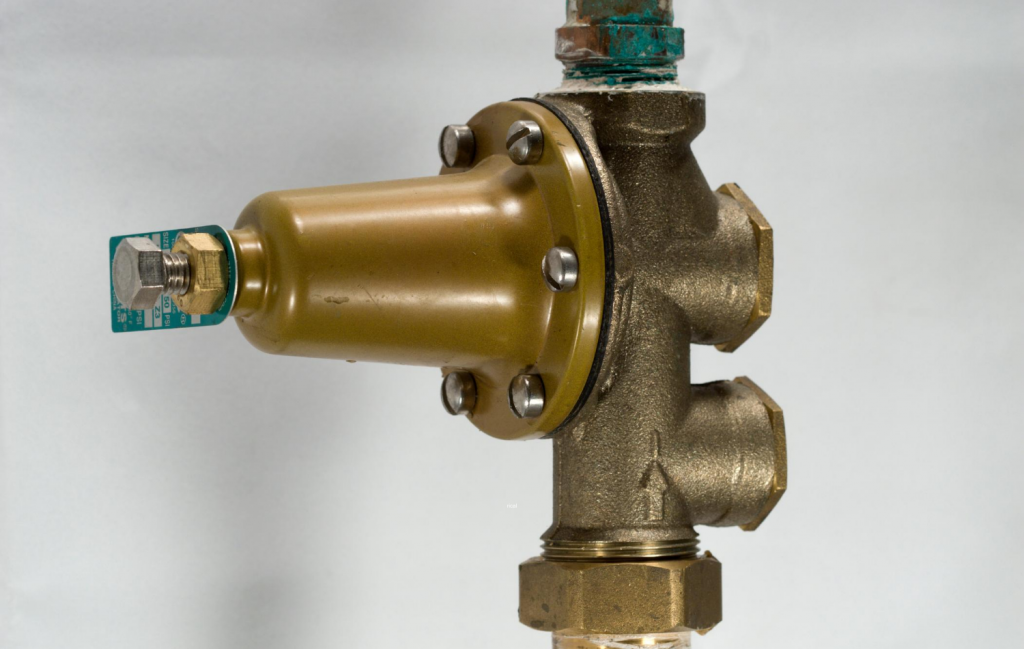




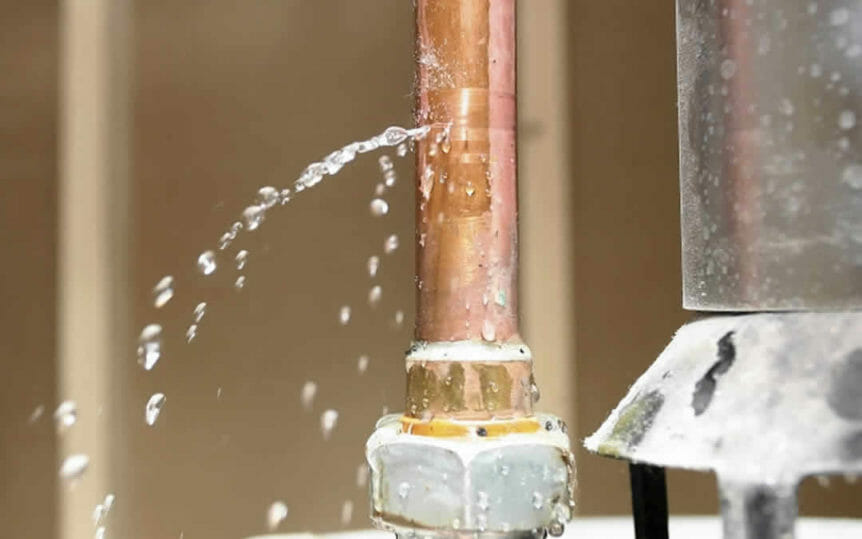

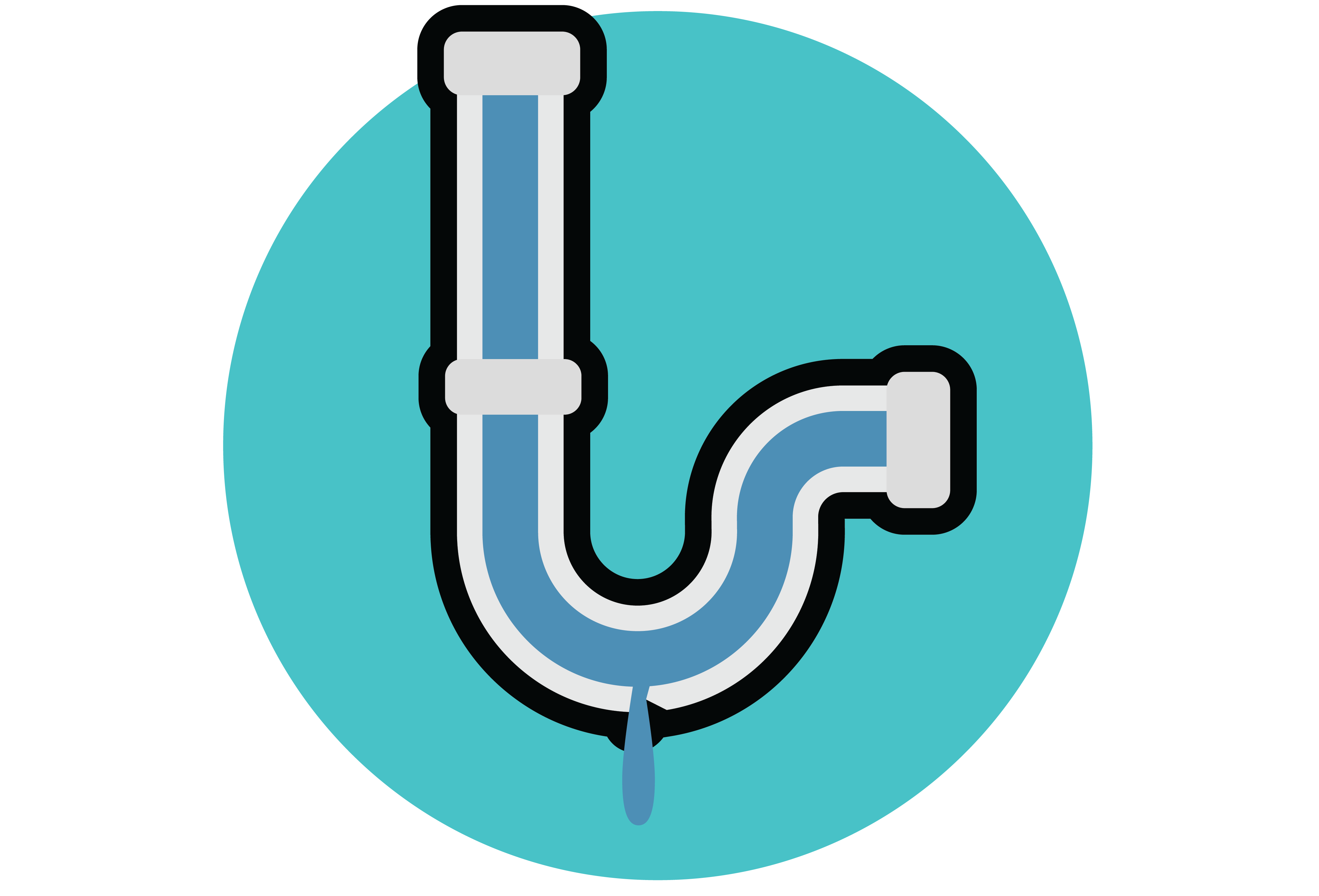
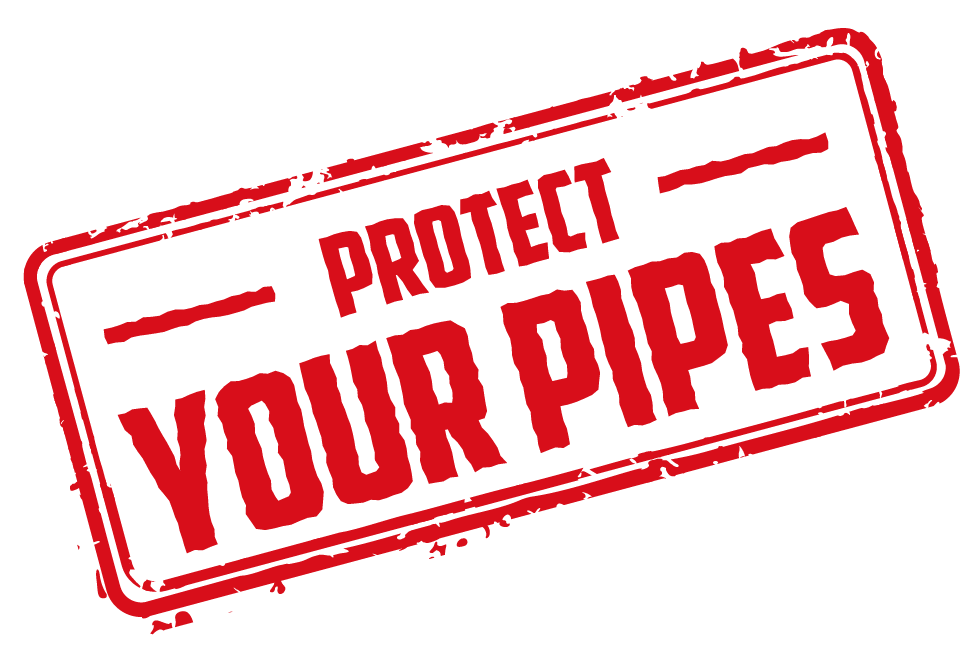
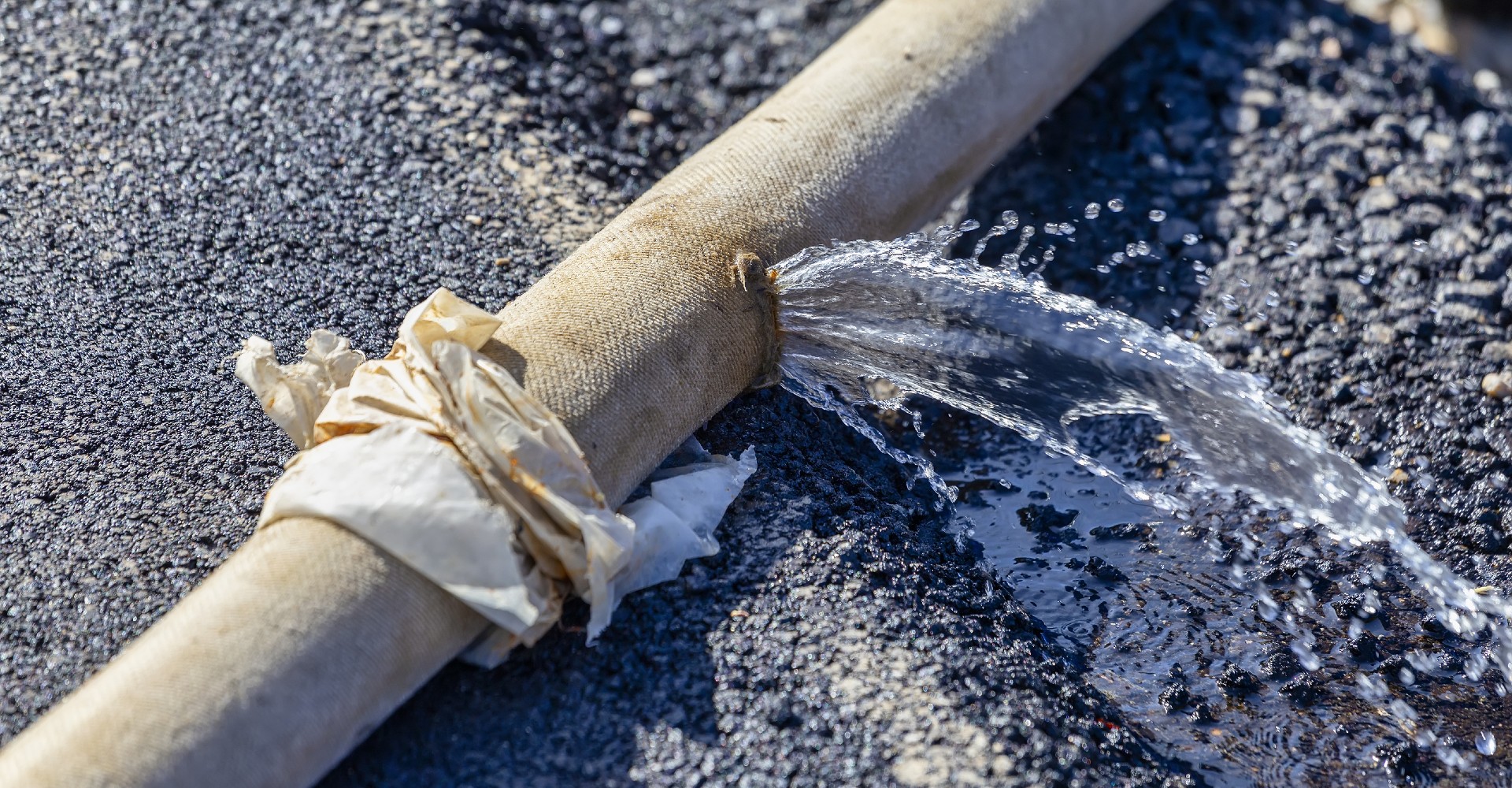
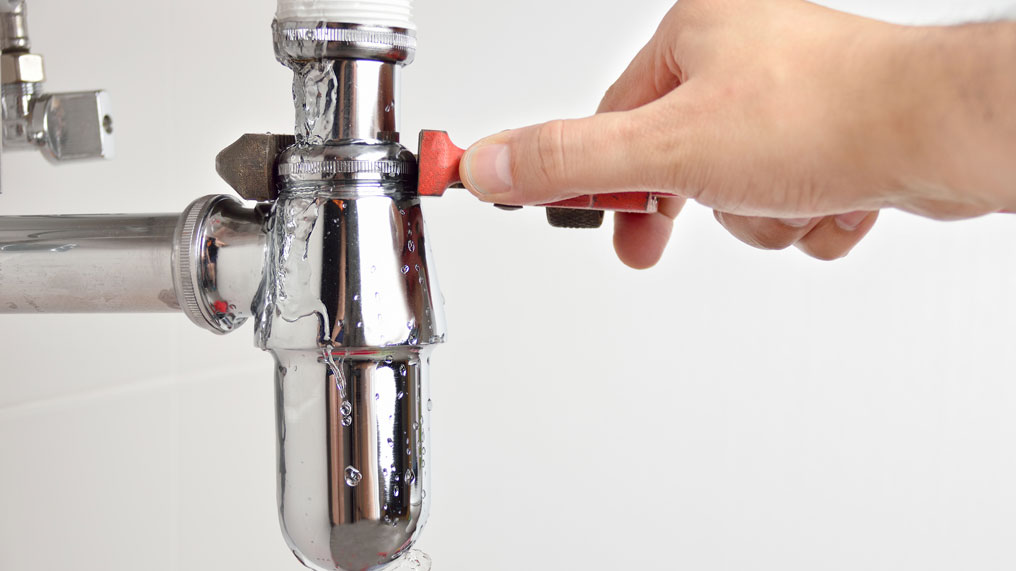
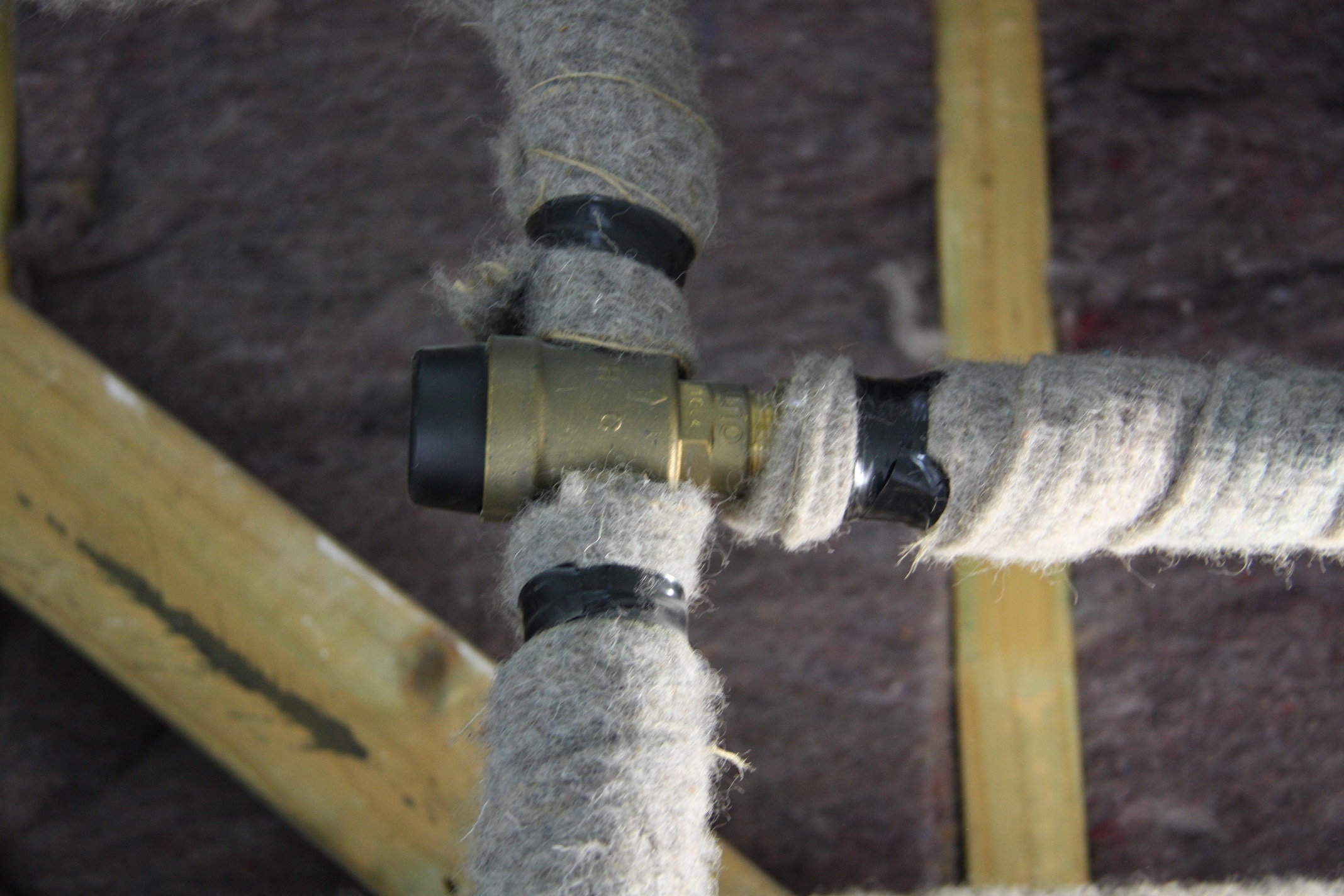


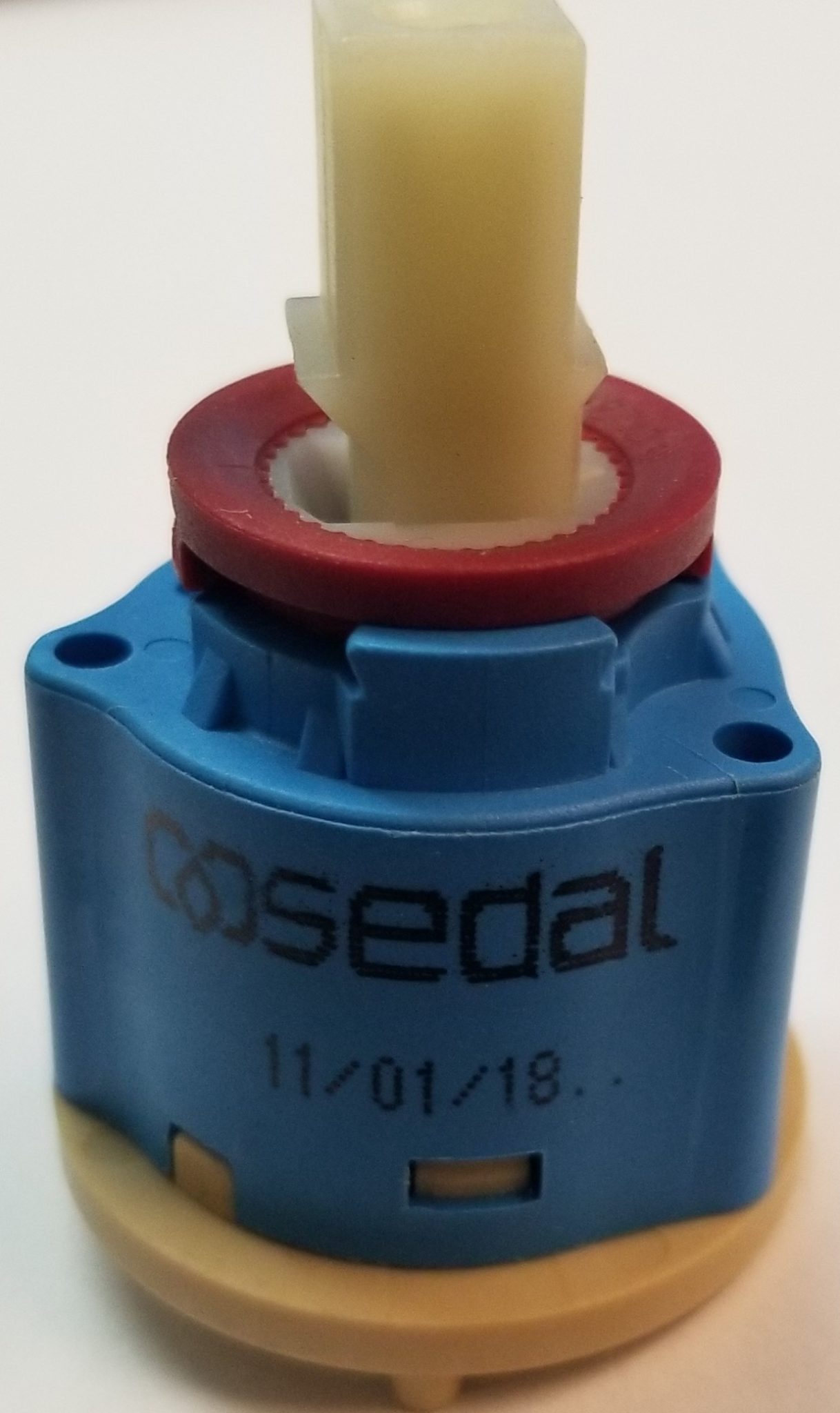






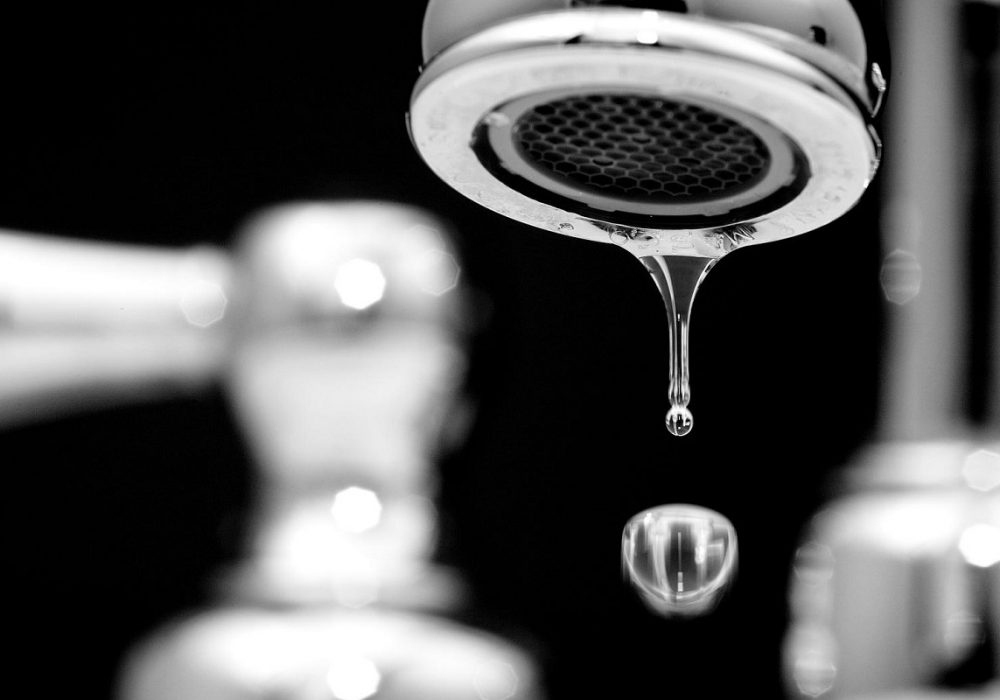





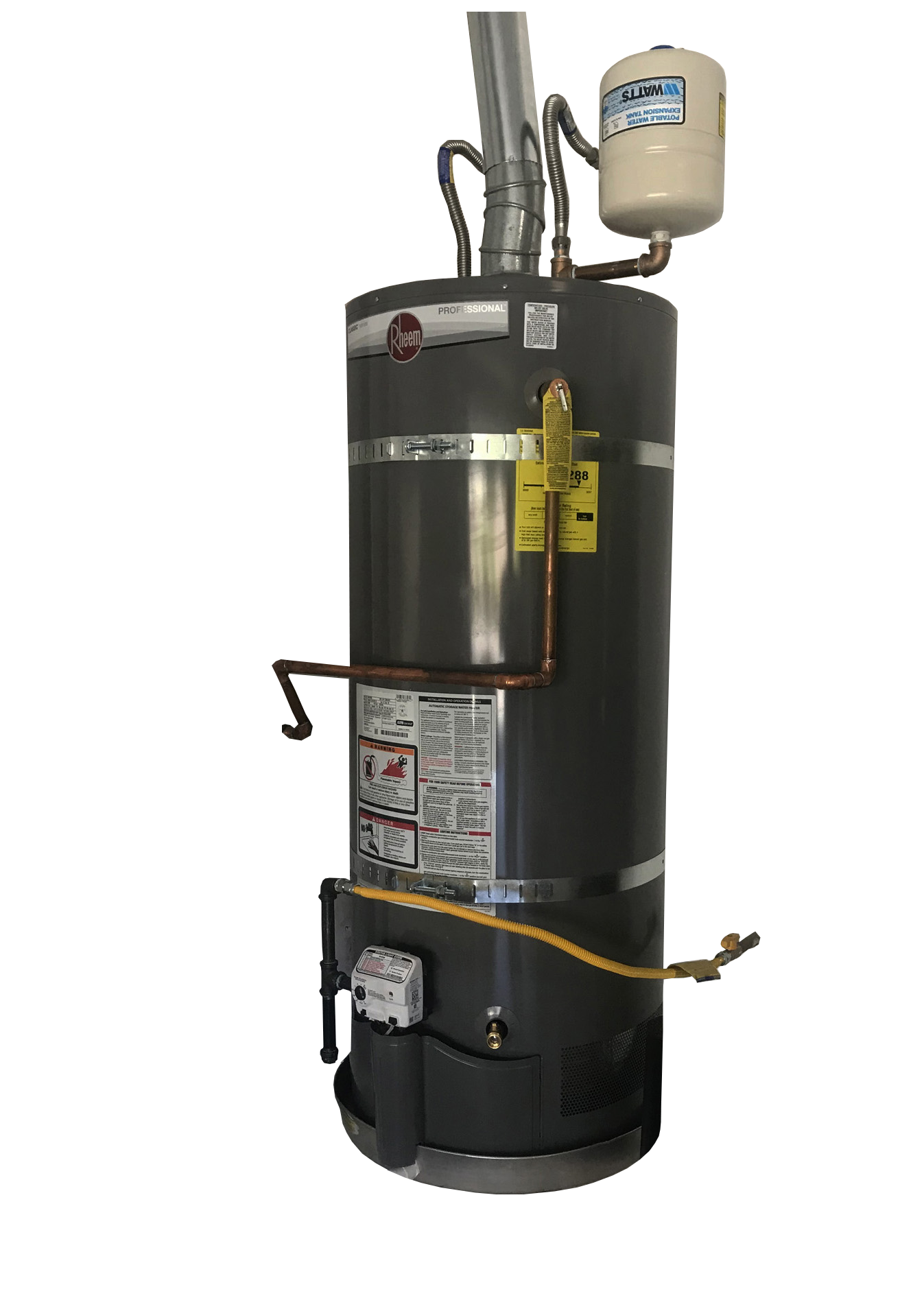


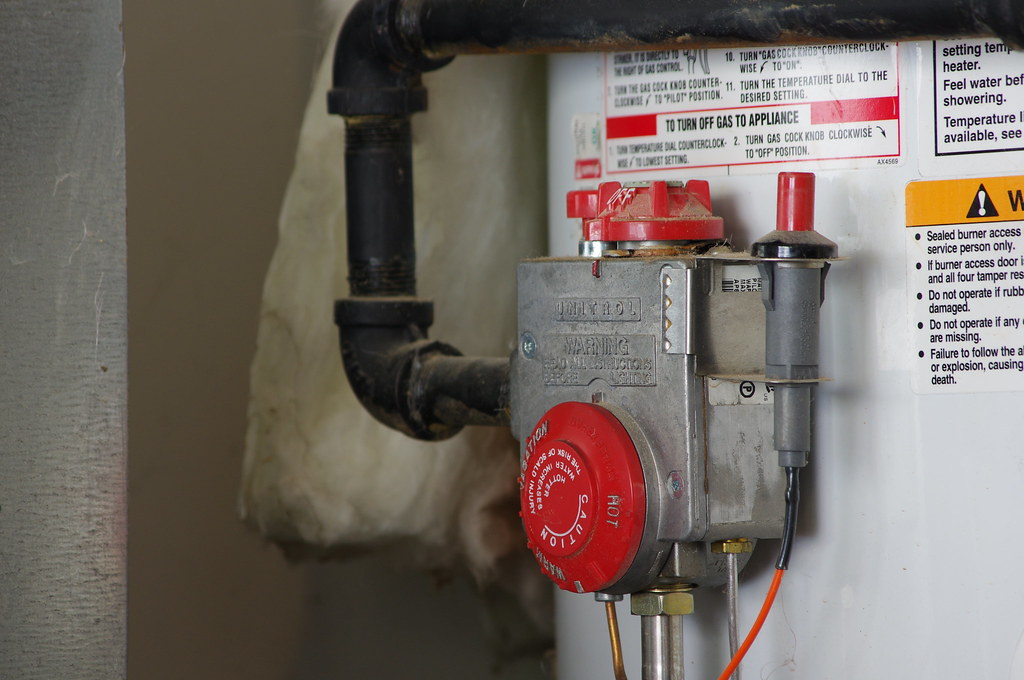


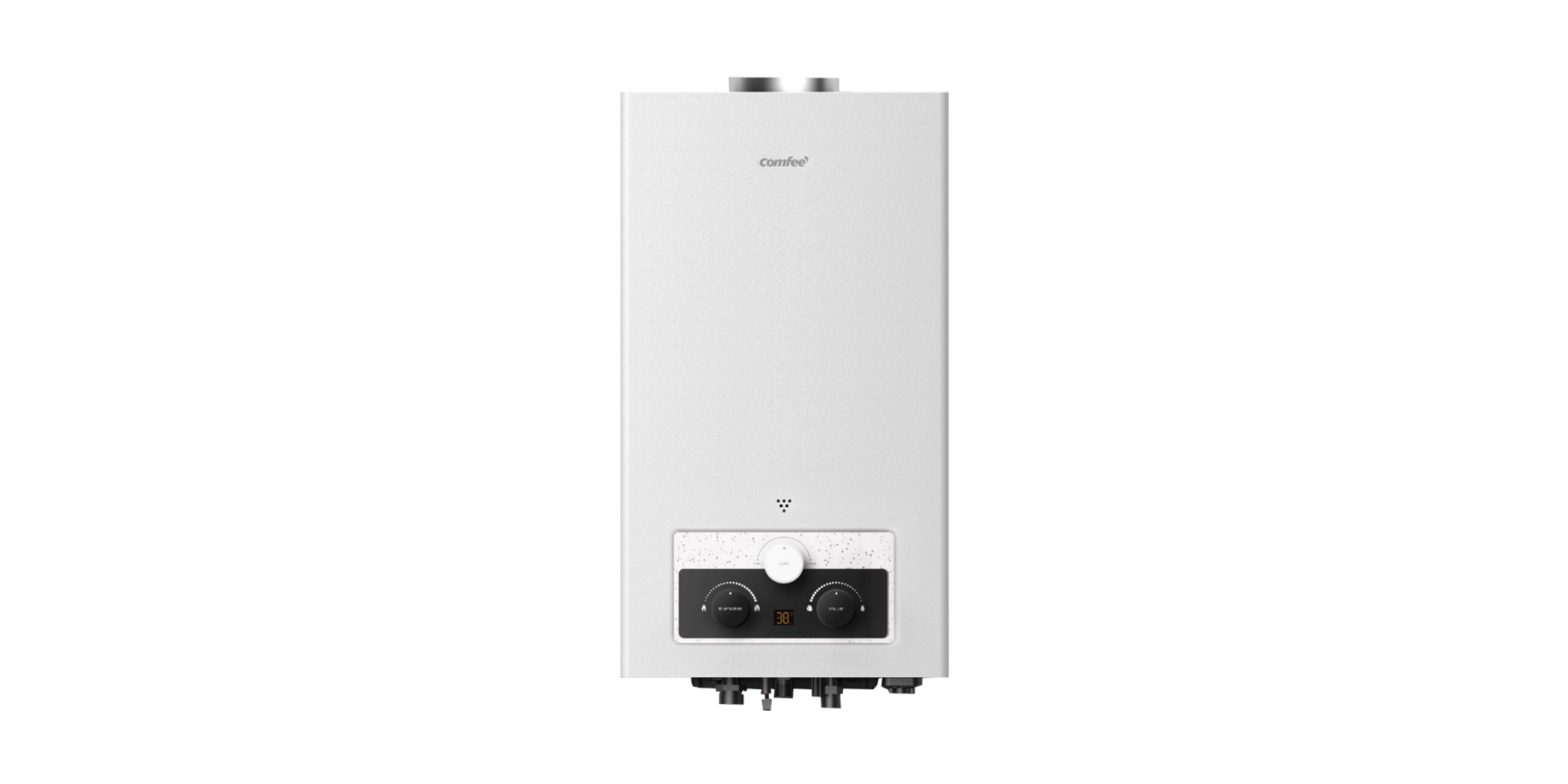

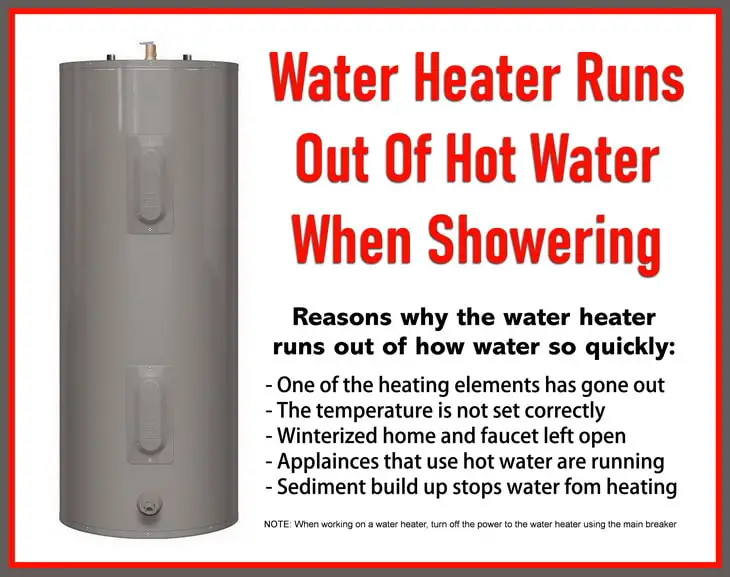

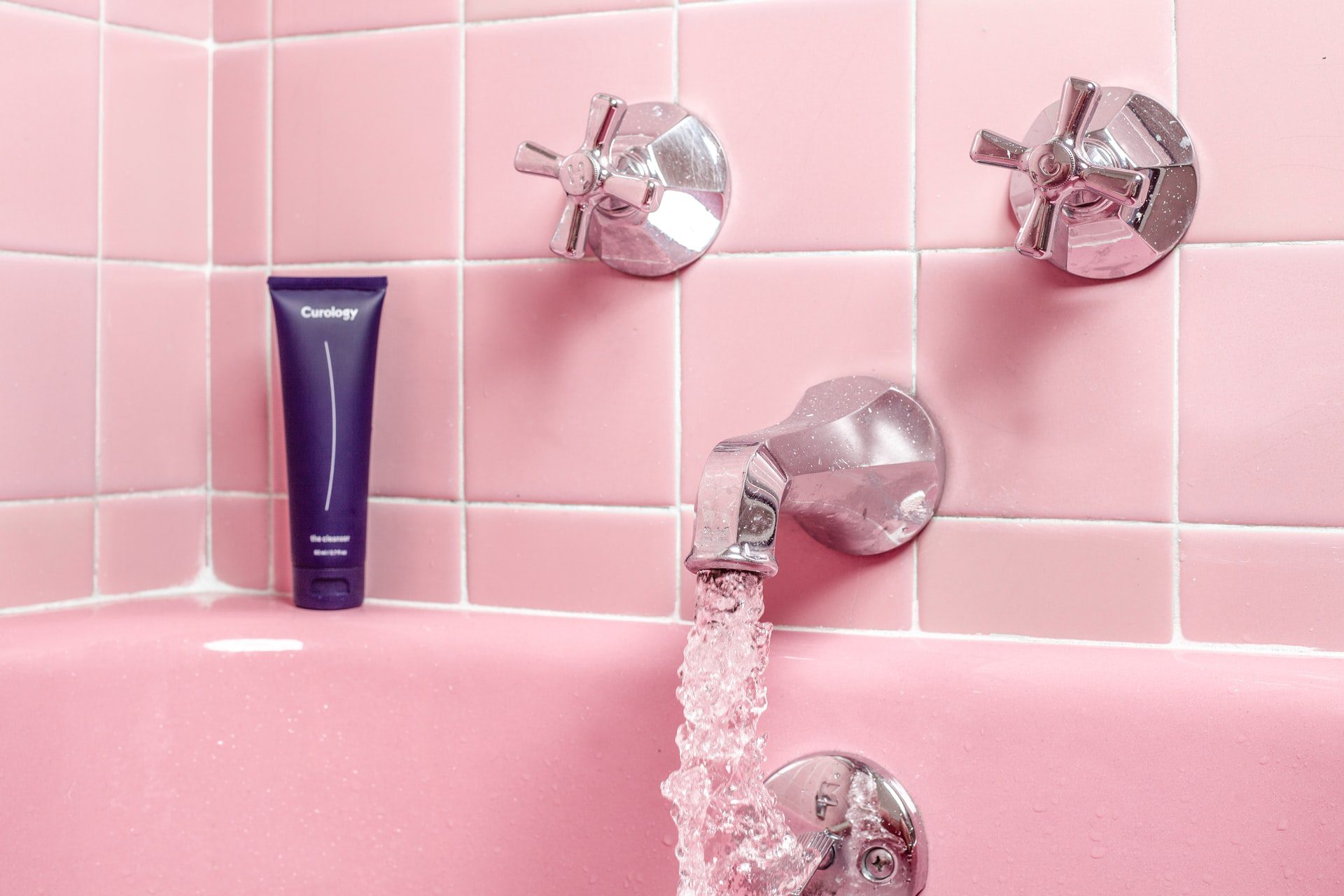
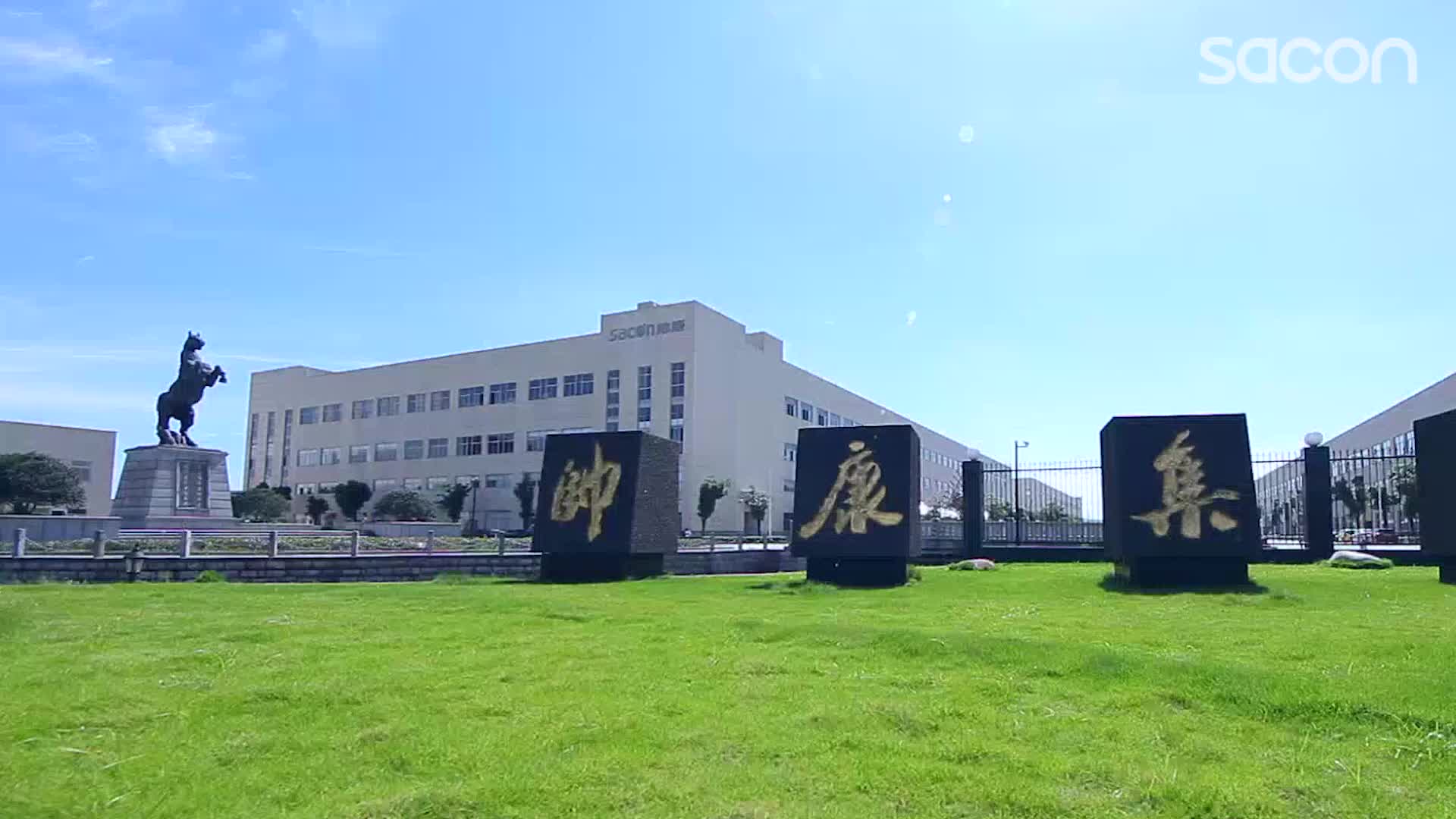



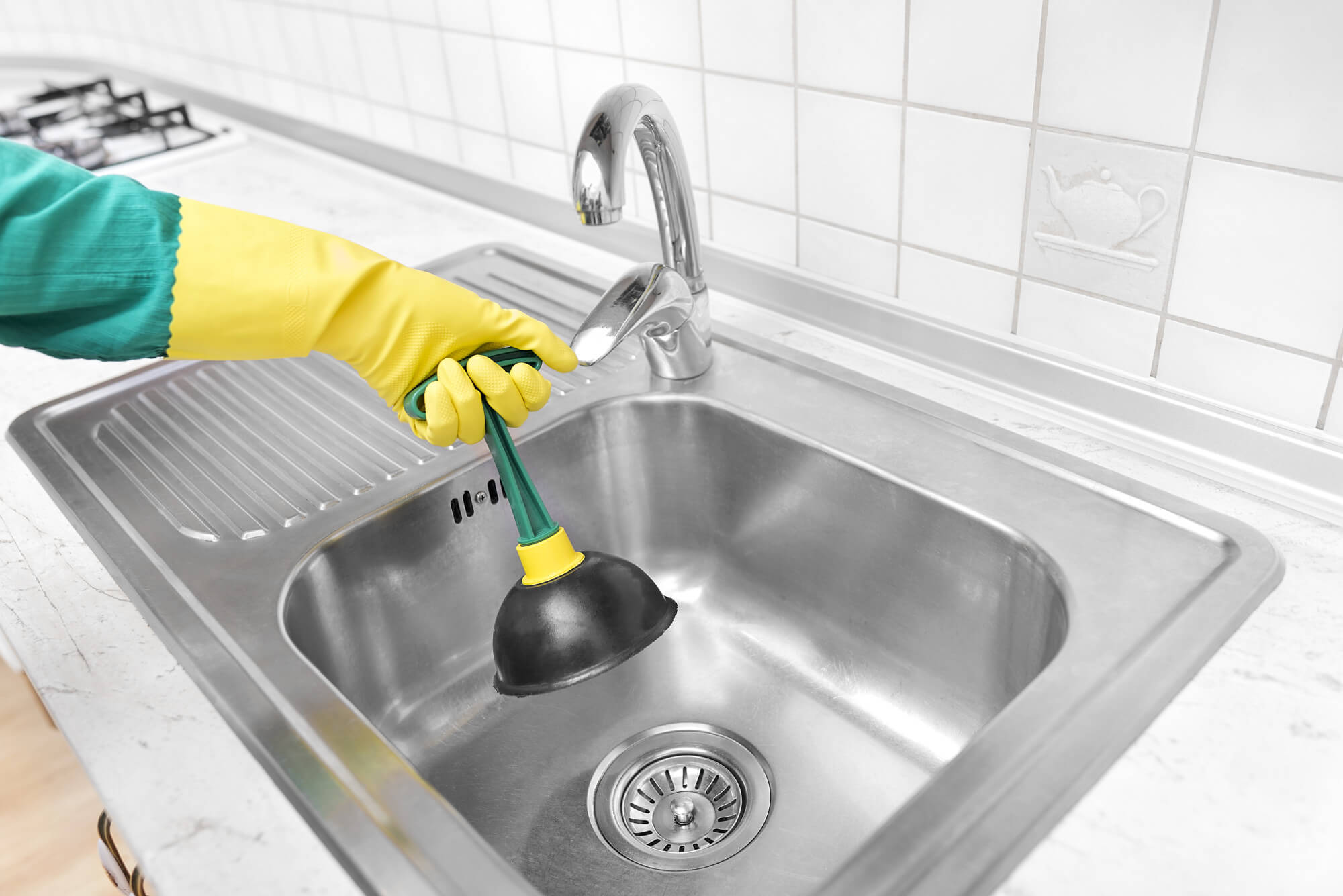
:strip_icc()/how-to-clean-a-bathroom-sink-drain-01-c728294c8bee42428afdf3e69f449279.jpg)





:max_bytes(150000):strip_icc()/SPR-HOME-v2-8-best-drain-openers-4177167-8e4b5c1d411f4b888b7b67f53252aa86.jpg)
